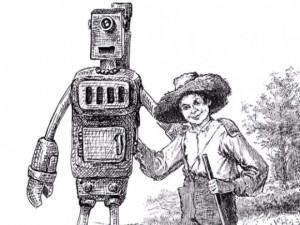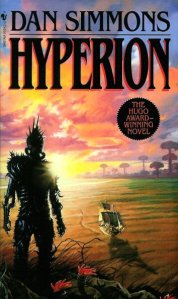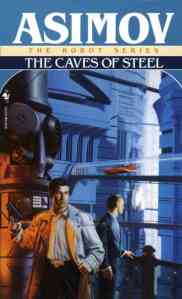So the other day I came across this little gem: God Made Dad & Mom. In a nutshell, the message of this book is that Heather must have exactly one mommy and one daddy and that’s that. You can see what readers’ reactions were on Amazon.
I haven’t been able to get my hands on this book, and I’m not particularly interested in spending any money on getting it, so I’m going to have to use my imagination here. The book’s description says that the story goes like this:
In school, young Michael learns that God made men to be fathers and women to be mothers. After school, his father takes him to the zoo, where he learns that animal families consist of a male, a female, and their offspring.
For all you people on the internet who are not lucky enough to possess a copy of God Made Dad & Mom, here is my proposal for the zoo sequence:
A Trip to the Zoo
That afternoon, Michael goes to the zoo to learn about animal families. First he goes to the lion enclosure.

Image courtesy of Wikipedia.
Lions live in groups called prides. A lion pride is made up of one or two males, five or six females, and their cubs. Each male will mate with all of the females.
Here’s the hyenas!

Image courtesy of Wikipedia.
The female spotted hyena has a pseudopenis, which makes her look like a male. She will give birth through this pseudopenis.
Let’s move on to the bonobo exhibit.

Image courtesy of Wikipedia.
…
It looks like they’re kinda busy right now. We should come back later.
These are the whiptail lizards. They live in the deserts in North America.

Image courtesy of Wikipedia.
In some species, every whiptail lizard is a female. When they lay eggs, the baby lizards are exact copies of their mother.
Let’s move on to the aquatic exhibits.

Image courtesy of Wikipedia.
Corals are animals, even though they don’t look like the animals you may be used to. Corals never mate. At a certain time of the year, corals release egg cells and sperm cells into the water. The eggs and sperm join to form a new coral, which drifts along in the water until it can find a new home.
If you look closely, you might be able to see clownfish hiding inside the sea anenomes.

Image courtesy of Wikipedia.
Clownfish live in groups called schools. The leader of the school is a female clownfish. When that female dies, one of the males turns into a female and becomes the new leader.
You don’t even have to go to the zoo to find animals with interesting families. If you take some dirt from your backyard and look at it under a microscope, you’ll find a kind of worm called C. elegans.

Image courtesy of Wikipedia.
Most C. elegans worms are hermaphrodites, which means that they are both male and female at the same time. They can self-fertilize, so one worm is both daddy and mommy to its eggs!





















